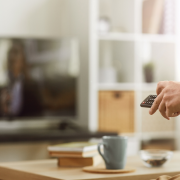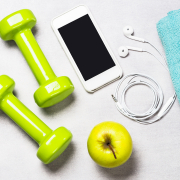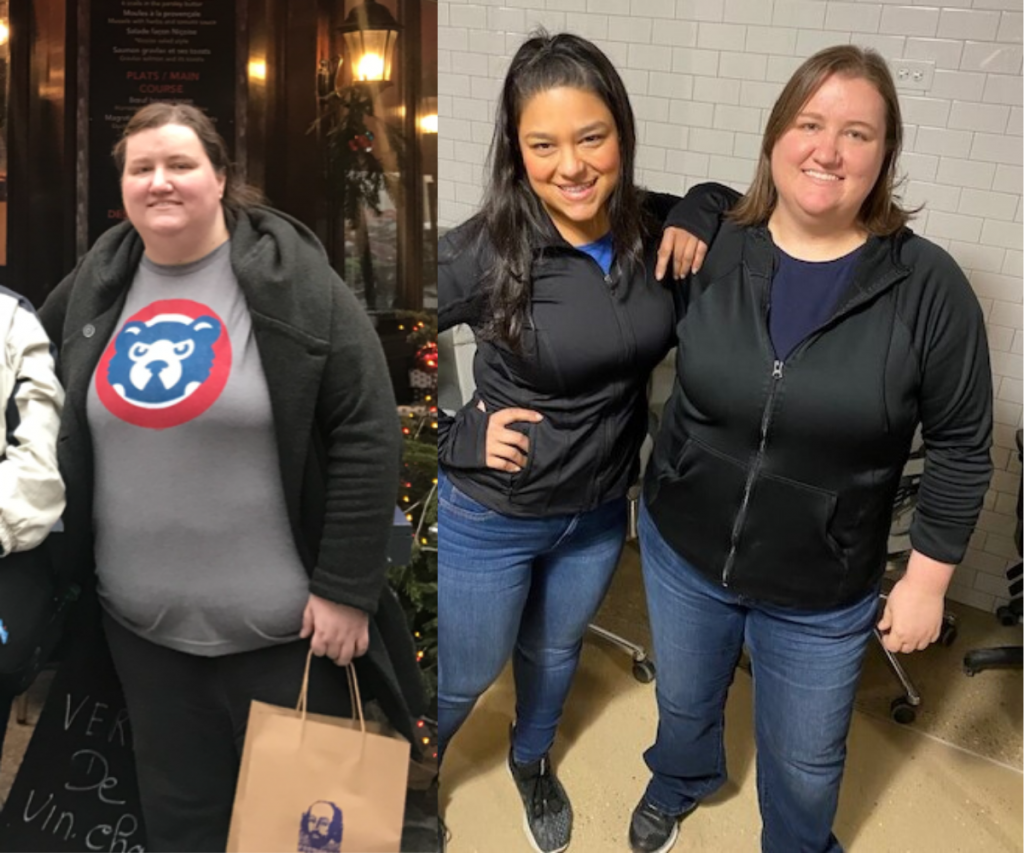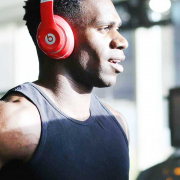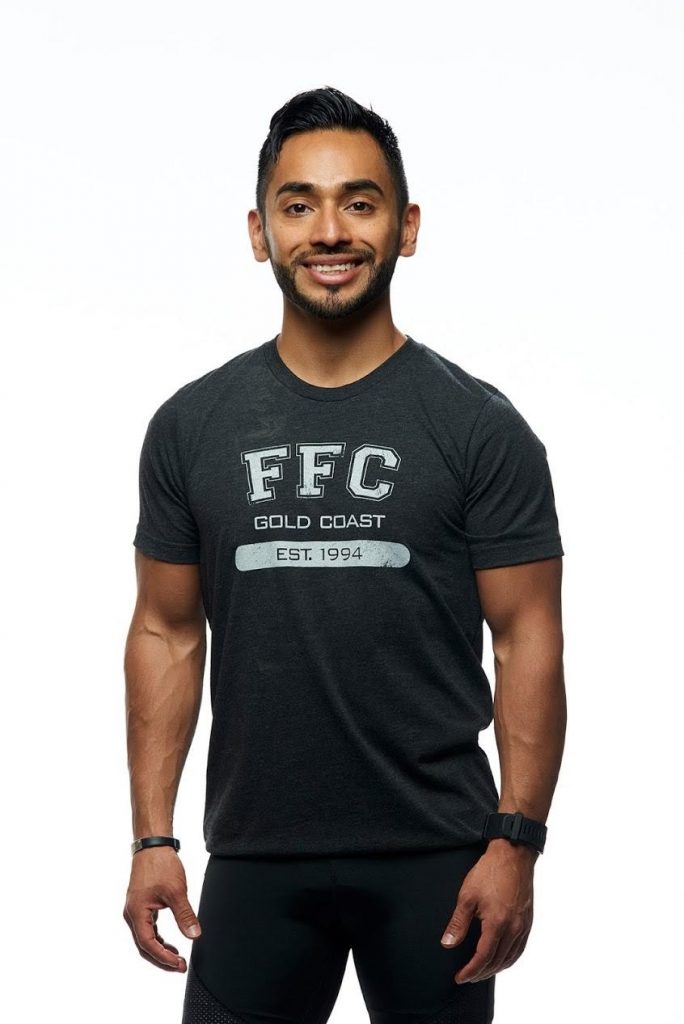How To Make The Most Of A Mental Health Day
When I moved from sleepy rural Arizona to bustling Chicago, I went from being an underemployed homebody to working multiple gig-based jobs on top of social outings, hobbies, and family commitments. Even my at-the-time stringent yoga schedule wasn’t enough to save me from mental exhaustion. After a particularly overscheduled week, I woke up feeling like I’d been flattened by the mental equivalent of a Mack truck. Needless to say, my focus that day was terrible, which is a real liability in my line of work as a massage therapist.

Americans often view the “mental health day” with suspicion—short of being physically incapable of coming in, why would we skip work? But this very view is something of a false dichotomy. Relaxation is critical to our mental and even physical performance; it gives our brains time to refocus, our emotions a chance to calm down and our whole selves an opportunity to slow down and re-integrate.
Unfortunately, like all of us, when I get busy I have a tendency to drop those “nonproductive” moments first—and I often pay the price. I’ve therefore been undertaking a journey of figuring out how to take care of myself, and I’d like to share some of the tricks I’ve discovered along the way.
Give yourself permission to have the day
I’ve found this to be the single most important ingredient for a successful mental health day. It’s incredibly easy to get caught up in a spiral of shame and depression; I start thinking about how I could push through if I really tried, I’m just being lazy—I’m sure you know the drill.
This is what I remind myself: by definition, my mental state is difficult to directly diagnose because I have no frame of reference. Therefore, I have to be aware of indirect evidence—my mind refusing to focus, my body growing more and more tense, my emotional control wearing thin. So when I have (or make) the luxury of time off, I need to take that time off. Yes, things need to be done—things always need to be done, and they’ll be there for us to tackle tomorrow. This time is to recharge.
Related: How To Recover From Burn Out By Getting Back To Basics
Actively practice relaxing
I’m constantly reminding my clients that relaxation isn’t something that magically happens when we’re not doing anything else. Like Pilates or weight lifting, it’s a physical and mental skill that requires practice, and I, like many of us, am woefully out of practice.
So I talked to a professional busy person about relaxing! My friend, Helen Lee, is an artist, dancer and yoga teacher of 13 years and is even busier than I am. She tells me that her key to relaxation is to be present in her body: “When I’m in my bed, I’ve been doing a little body scan. I’ll put one hand on the top of my head and run the other one down my body, going through all the chakras. Or I’ll do a little supine twist—basically it could be anything where I’m spending the time to unravel.”
Aim to accomplish one or two small tasks
My friend, Brittany Vogel, one of the most dedicated runners I know, tells me she used to think that “rest” meant “zone out in front of Netflix,” but she’s discovered there are limits to that strategy. “I think it needs to be a mix,” she said when I asked her about her secret for a successful mental health day. “I want to relax and enjoy some time to turn my brain off, but I know I won’t feel well if I don’t do anything. So I always try to get out and go for a walk or something like that, too.”
I’ve found this to be true for myself—I need rest sometimes, but my brain likes to feel accomplished. Personally, I’ve found that some of the biggest drains on our energy are incomplete tasks—especially the mindless little things that I should be able to address quickly but keep getting pushed to the bottom of my priority list. That basket of laundry that’s been sitting for a week? That shelf that needs fixing? Voila! Finish those and instant energy boost.
Do something that sparks joy—for the joy of it
Not to get all Marie Kondo on you, but for how much I love my career and family life, there’s only so much I can fit in the day, and when I get overscheduled, it’s so easy for even things I like to become drained of their joy.
So what better way to spend a day devoted to recharging than to do something we genuinely love, with no expectation or deadline attached? Maybe there’s a favorite cafe you used to visit or a hobby you’ve dropped. I really love reaching out to reconnect with a friend I haven’t seen in a while. But the key is to take the time to enjoy it—luxuriate in the lack of endgame! When there’s no deadlines involved, it becomes much easier for us to appreciate the moment.
Keep yourself on a sustainable schedule for the future
I think of stress as similar to germs. Some stress is important to keep me motivated, but it’s just as important to practice good mental hygiene. One of my favorite tricks is to set a small but clearly defined boundary; for instance, I’ll set the timer on my watch for a couple of minutes and challenge myself to just focus on my breath. Then, if my brain tries running around in anxiety circles again, I can say, “No, we can do that in a few minutes.” Often that helps me put down the mental load for a bit.
Related: Stressed? Here’s how massage therapy can help.
My friend Helen that I mentioned earlier in the article likes to make use of transitory moments: “In the morning, I’ll try to not grab my phone immediately. I’ll try to do a little supine twist again, or a body scan, or just breathe, take five breaths. When I’m commuting—I don’t have a car, so I’m on the bus or a train or walking—I’ll start to breathe calmly while I’m transitioning from place to place. It’s really just about taking the moments in your daily life and finding time to take a pause or some stillness.”
Ultimately, stress will always be a part of our lives—even when things seem to be humming along nicely, life loves to throw us a curveball. The more we practice stepping back, whether through a yoga class, a massage, a run or just a moment’s meditation—the healthier we all will be.
Post written by FFC Contributor Ambrosia Rose.
Ambrosia Rose has practiced massage therapy for five years and can be found at FFC Boystown. To schedule an appointment with Ambrosia, please email arose@ffc.com.






